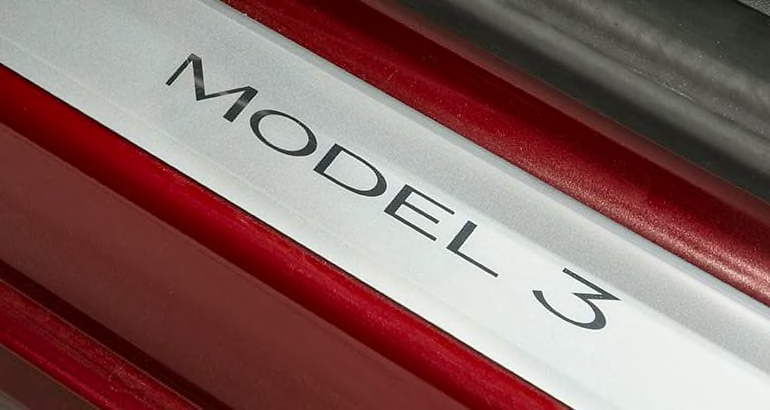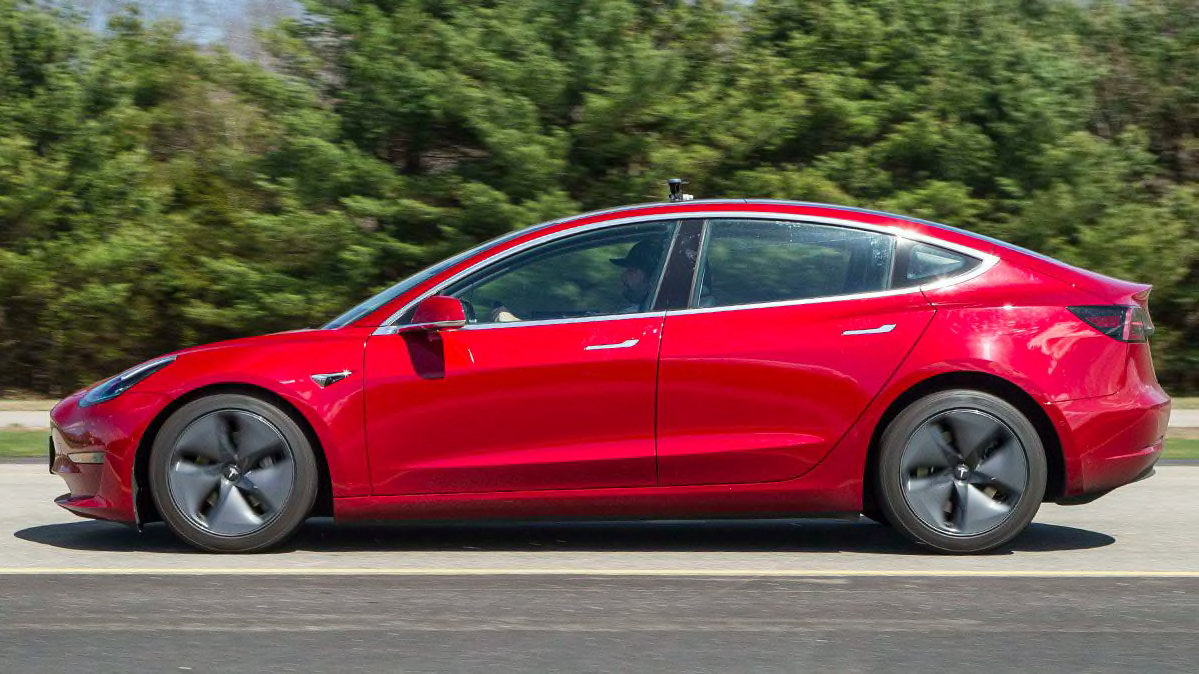
May 30, 2018, update: Consumer Reports now recommends the Tesla Model 3. Read "Tesla Model 3 Gets CR Recommendation After Braking Update" for the details.
In an extensive, wide-ranging conversation with Consumer Reports, Tesla CEO Elon Musk acknowledged some of the shortcomings that CR pointed out in our review of the Model 3, saying that some improvements have already been made and that more could be on the way soon.
In the almost hourlong discussion with Jake Fisher, CR's director of auto testing, Musk also spoke about several areas where CR raised concerns. "He was remarkably candid," Fisher says. "He thanked us for bringing these things to his attention." He adds that Musk said CR's feedback was having a positive effect on the car.
The conversation focused on changes already in place, some that are imminent, and others Musk is considering.
Brake Fix to Come Soon
Musk spoke about the Model 3's long stopping distances in CR's emergency braking test. He acknowledged it was a problem and said Tesla hopes to fix it as soon as this weekend using an over-the-air (OTA) update. "As strange as it seems, they may actually be able to shorten stopping distances remotely—a first for the industry," Fisher says. Musk said Tesla is validating a software update that could improve the calibration of the antilock braking system.
Hardware Fixes Already in Place
Tesla has already made some improvements to address Model 3 issues that CR has raised, Musk said. Those changes include:
- Musk said that in the time since CR's test car was built in January, Model 3s received modified window glass to reduce wind noise.
- The automaker has also rolled out new suspension dampers to improve ride quality.
Potential Updates
The Model 3's distracting touch-screen controls significantly hurt its Overall Score. Musk discussed what could be done to improve them using OTA updates.
Tesla has done this with a few features already. "Originally, to adjust the set speed for the cruise control, you had to go through the touch screen," Fisher says. "Now those adjustments can be made through the steering wheel."
In addition, Musk noted several areas where upgrades could still be made:
- Currently, the Model 3 does not ship with a conventional key. Instead, owners open and start it using either a smartphone app or a plastic keycard. Musk acknowledged that the keycard was difficult to use and that the automaker would consider providing a key fob to owners.
- He said the currently recommended tire pressure of 45 pounds per square inch (as indicated on the Model 3 doorjamb) was chosen to help the electric vehicle eke out the longest possible range, but he believes that's too high. Musk said that setting the pressure down to 42 psi would improve the ride with minimal impact to range.
- Musk said drivers should not always have to rely on the touch-screen interface to make adjustments to the car. He suggested that the Model 3's air vents and mirrors could be made to automatically adjust as the seats are moved.
Musk did not give a specific timeline for any of these potential improvements.

Fisher says Consumer Reports will rent an updated Model 3 from Tesla to experience the latest version and report back what we find.
"What's clear is that he's listening and they're trying to make this car better," he says. "As the car changes, we'll do our best to keep up with testing."
Consumer Reports plans to test the OTA braking update as soon as it arrives on our test vehicle.
Read the complete Tesla Model 3 road test.




















